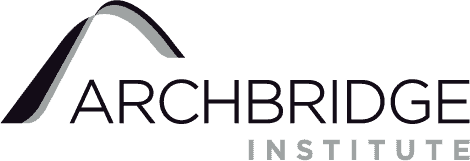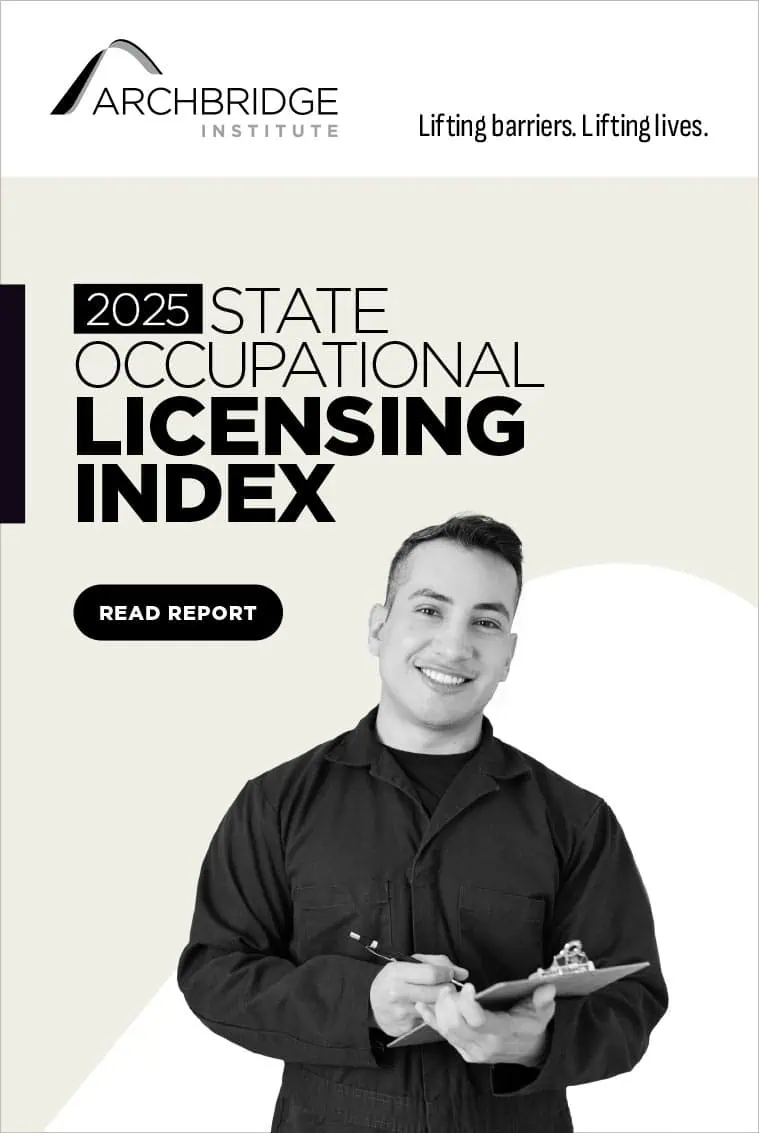
Excerpt:
More than 20% of America’s workers need permission from the government in the form of an occupational license before they can practice their profession. The occupational licensing burden placed on Americans varies from state to state, and a new report from the Archbridge Institute reveals the states that impose the heaviest burdens.
Occupational licenses are permits issued by governments that are legally required before someone can work in certain occupations. State policymakers largely decide which occupations require a license and the process for obtaining a particular license, though there are some professions, such as pilot, that require a federal license.
States can also impose barriers on professions that are not job-specific licenses. For example, Alabama does not have an acupuncturist license, but it does require all acupuncturists to be licensed physicians. Archbridge’s report, co-authored by economists Edward Timmons, Noah Trudeau, and Benjamin Seevers, uses data on specific licenses and these other barriers to rank the states.
The five states with the most occupational licensing and related barriers are Oregon, Tennessee, Texas, Kentucky, and Florida. The five states with the fewest licensing and related barriers are Kansas, Missouri, Wyoming, Indiana, and New York. The map below shows each state’s ranking by quintile: Red states have the most licensing barriers and purple states have the fewest licensing barriers. Some of the occupations included in the ranking are barbers, cosmetologists, funeral directors, piping contractors, and real estate appraisers.
Read the full article at Forbes.
Read the 2025 State Occupational Licensing Index report here.





